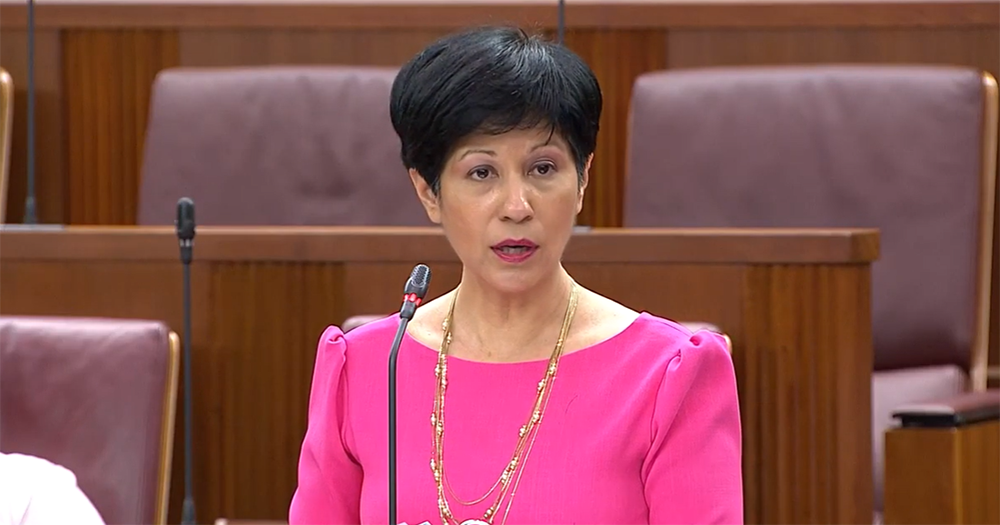The total fertility rate (TFR) of Long-Term Visit pass (LTVP) holders who are married to Singaporeans are not calculated separately from the resident TFR as it is difficult do so in a meaningful way, Minister in the Prime Minister's Office Indranee Rajah stated in a written reply on Jan. 4.
Such births are also accounted for under the resident TFR which is calculated based on the residency status of parents, Indranee clarified.
The Second Minister for Finance was responding to a question posed by PAP MP Carrie Tan, about the TFR among female Long-Term Visit pass holders married to Singaporeans compared to that of Singaporean women.
So who falls under the resident TFR?
Elaborating on her answer, Indranee wrote that under the resident TFR, the numerator corresponds to resident births while the denominator corresponds to all females who are either:
- Singapore Citizens,
- Permanent Residents (PRs), or
- Non-resident married to men who are either Singapore Citizens or PRs.
Many female LTVP holders eventually become Singapore citizens before the end of childbearing years
In addition, for the TFR of Long-Term Visit pass holders to be computed in a meaningful way, it will require the population included in the computation to be measured over the full childbearing age range, Indranee added.
However, many Long-Term Visit pass holders eventually become PRs and Singapore Citizens prior to the end of their childbearing years, she wrote.
As such, the government is unable to meaningfully compute their TFR, given the degree of change in the population of Long-Term Visit pass holders, and because only a small proportion of such spouses tend to be at the end of their childbearing years.
With regard to resident TFR, Indranee highlighted that the figure for 2019 was 1.14, the same as 2018.
Totally unrelated but follow and listen to our podcast here
Top image screenshot from MOE YouTube
If you like what you read, follow us on Facebook, Instagram, Twitter and Telegram to get the latest updates.
